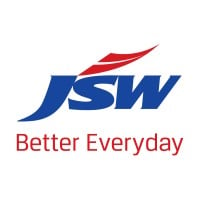
Cevital SPA
Fondé en 1998, le groupe Cevital oeuvre pour le rayonnement et le développement de l’économie algérienne en intervenant dans des domaines variés par le biais de ses quatre pôles : le pôle agro-industrie et distribution, le pôle automotive, immobilier et services, le pôle industrie, ainsi que le pôle verre, fenêtres et fermetures. Le groupe est le fleuron du secteur privé algérien avec des activités très diversifiées et tournées vers l’export. Cevital est le premier employeur privé en Algérie et compte aujourd’hui plus de 18 000 collaborateurs qui travaillent quotidiennement à son expansion tant en Algérie qu’à l’international. Show more Show less






